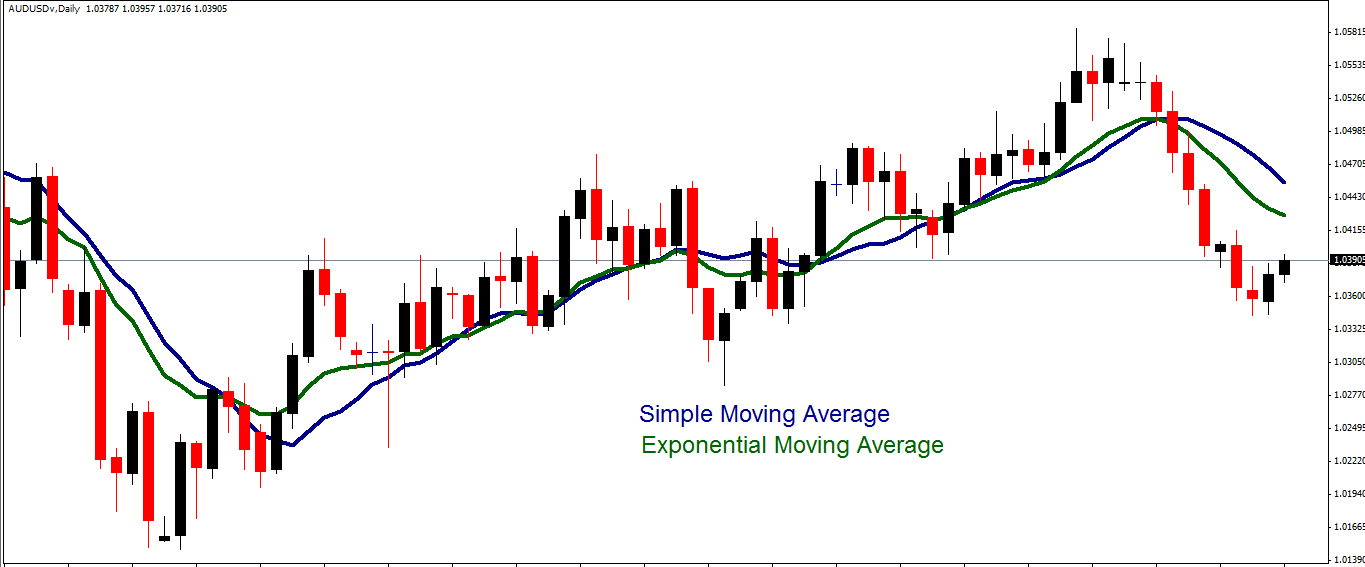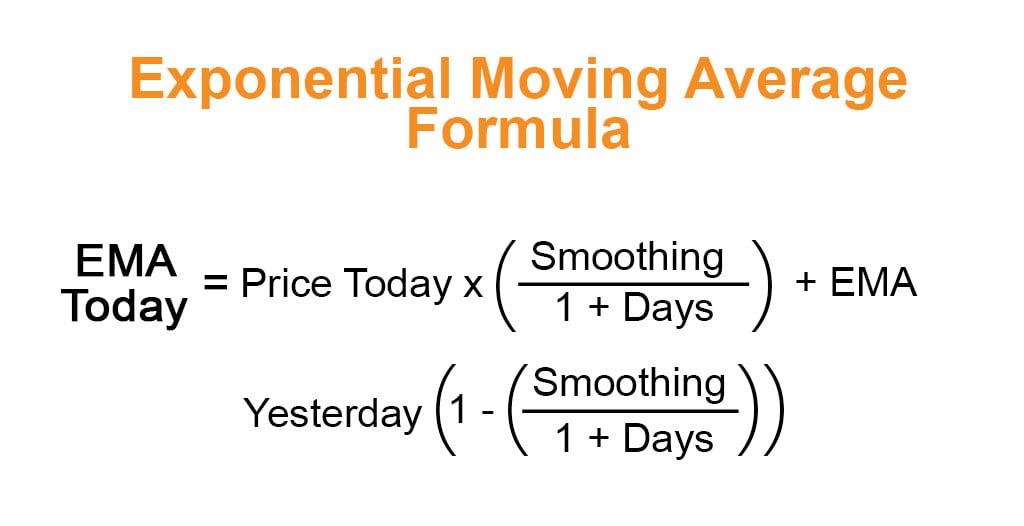In markets where trends can flip in hours, spotting them early isn’t optional, it’s survival. That’s why traders in 2025 are turning to the Exponential Moving Average (EMA), a tool designed to cut through noise and reveal momentum shifts before the crowd sees them.
By putting greater weight on recent price action, the EMA helps traders spot trends earlier, filter out market noise, and refine entry and exit points with greater precision.
What Is Exponential Moving Average?
The Exponential Moving Average is a type of moving average that assigns more weight to recent price data, making it more responsive to new market information.

Unlike the Simple Moving Average (SMA), which gives equal weight to all data points, the EMA emphasizes recent changes, reducing lag and highlighting emerging trends sooner.
This makes the EMA especially valuable for traders in fast-moving markets like forex, stocks, commodities, and crypto.
How EMA Is Calculated
The EMA uses a more complex formula than the SMA, incorporating a multiplier that gives greater weight to recent prices:

Where the multiplier is calculated as:
Multiplier = 2
--------------------------------
(Number of periods + 1)
For example: In a 20-day EMA, the multiplier = 2/(20+1) = 0.0952, meaning the current price contributes about 9.5% to the EMA value.
This weighted formula allows EMA to adapt quickly, unlike SMA which moves more slowly.
EMA vs. Simple Moving Average
| Feature |
EMA |
SMA |
| Weighting |
Emphasizes recent prices |
Equal weight for all periods |
| Responsiveness |
Reacts faster to changes |
Slower, more lagging |
| Sensitivity |
More sensitive to volatility |
Smoother, less noise |
| Use Case |
Short-term trading & trend spotting |
Long-term smoothing & stability |
Key takeaway: EMA is better for traders who want to catch early signals, while SMA is better for smoothing out big-picture trends.
Common EMA Settings for Trading
Traders typically use various EMA periods depending on their trading timeframe and objectives:
Short-term EMAs (8, 12, 21 periods): Fast and responsive, popular with day traders.
Medium-term EMAs (50 periods): Balance between responsiveness and stability, ideal for swing trading.
Long-term EMAs (100, 200 periods): Used by position traders and investors to confirm major trends.
Tip: Use shorter EMAs for quick trades and longer EMAs for long-term market direction.
EMA Trading Strategies And Their Applications
1. EMA Crossover Strategy
Golden Cross: Short-term EMA (e.g., 50) crossing above long-term EMA (e.g., 200) = bullish signal.
Death Cross: Short-term EMA crossing below long-term EMA = bearish signal.
Example: A trader using the 12/26 EMA crossover on Bitcoin might catch early signals of a new trend.
2. EMA Bounce Strategy
EMA often acts as dynamic support or resistance.
In an uptrend, price “bounces” off EMA before continuing higher.
In a downtrend, EMA acts as resistance during pullbacks.
3. Multiple EMA Strategy
Using three EMAs (e.g., 9, 21, 55):
Alignment of all EMAs in one direction = strong trend confirmation.
Divergence between them = possible reversal.
4. Trend-Following with EMA Slope
Rising EMA = bullish trend.
Falling EMA = bearish trend.
Flattening EMA = market consolidation.
Combining EMA with Other Indicators
EMA works best when combined with complementary tools:
EMA + RSI → Confirms trend signals with momentum strength.
EMA + MACD → Reinforces momentum analysis (since MACD is EMA-based).
EMA + Price Action → Candlestick patterns around EMA levels can refine trade entries.
Advantages and Limitations of EMA
Below are the advantages and limitations of EMA:
| Advantages |
Limitations |
| More responsive than SMA |
May give false signals in sideways markets |
| Helps spot trends earlier |
Too sensitive in highly volatile assets |
| Useful across all markets and timeframes |
Requires careful confirmation with other tools |
| Acts as dynamic support/resistance |
— |
Example in Action
Imagine EUR/USD trading sideways for days. Suddenly, the 9-period EMA crosses above the 21-period EMA on the 1-hour chart. This crossover signals momentum is shifting upward.
A trader enters long, places a stop-loss below the recent low, and rides the breakout.
This is how EMA helps capture early opportunities with defined risk.
Frequently Asked Questions (FAQ)
1. What is the Exponential Moving Average used for?
EMA is used to identify market trends, generate trade signals, and act as dynamic support/resistance.
2. How is EMA different from SMA?
EMA gives more weight to recent prices, making it more responsive, while SMA applies equal weight and reacts more slowly.
3. What is the best EMA setting for trading?
It depends: short-term traders use 8–21 EMAs, swing traders use 50 EMA, and long-term investors rely on 100–200 EMAs.
4. How do traders use EMA for day trading?
Many day traders rely on 9, 12, or 21 EMAs for quick signals and intraday trend analysis.
5. How do EMA crossovers work?
When a short-term EMA crosses above a long-term EMA (Golden Cross), it signals bullish momentum. The opposite (Death Cross) signals bearish momentum.
6. How does the EMA indicator work?
The Exponential Moving Average (EMA) works by weighting recent prices more, making it faster than SMA and helping traders spot trends and momentum shifts.
Summary
The Exponential Moving Average (EMA) is one of the most versatile tools in trading. By weighting recent data more heavily, it adapts quickly to shifting conditions, helping traders spot emerging trends, confirm signals, and fine-tune risk management.
In 2025, mastering EMA strategies, whether it’s crossovers, bounce plays, or multiple EMA setups, gives traders a sharper edge in fast-moving markets.
Disclaimer: This material is for general information purposes only and is not intended as (and should not be considered to be) financial, investment or other advice on which reliance should be placed. No opinion given in the material constitutes a recommendation by EBC or the author that any particular investment, security, transaction or investment strategy is suitable for any specific person.























